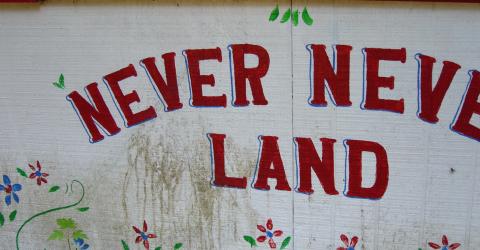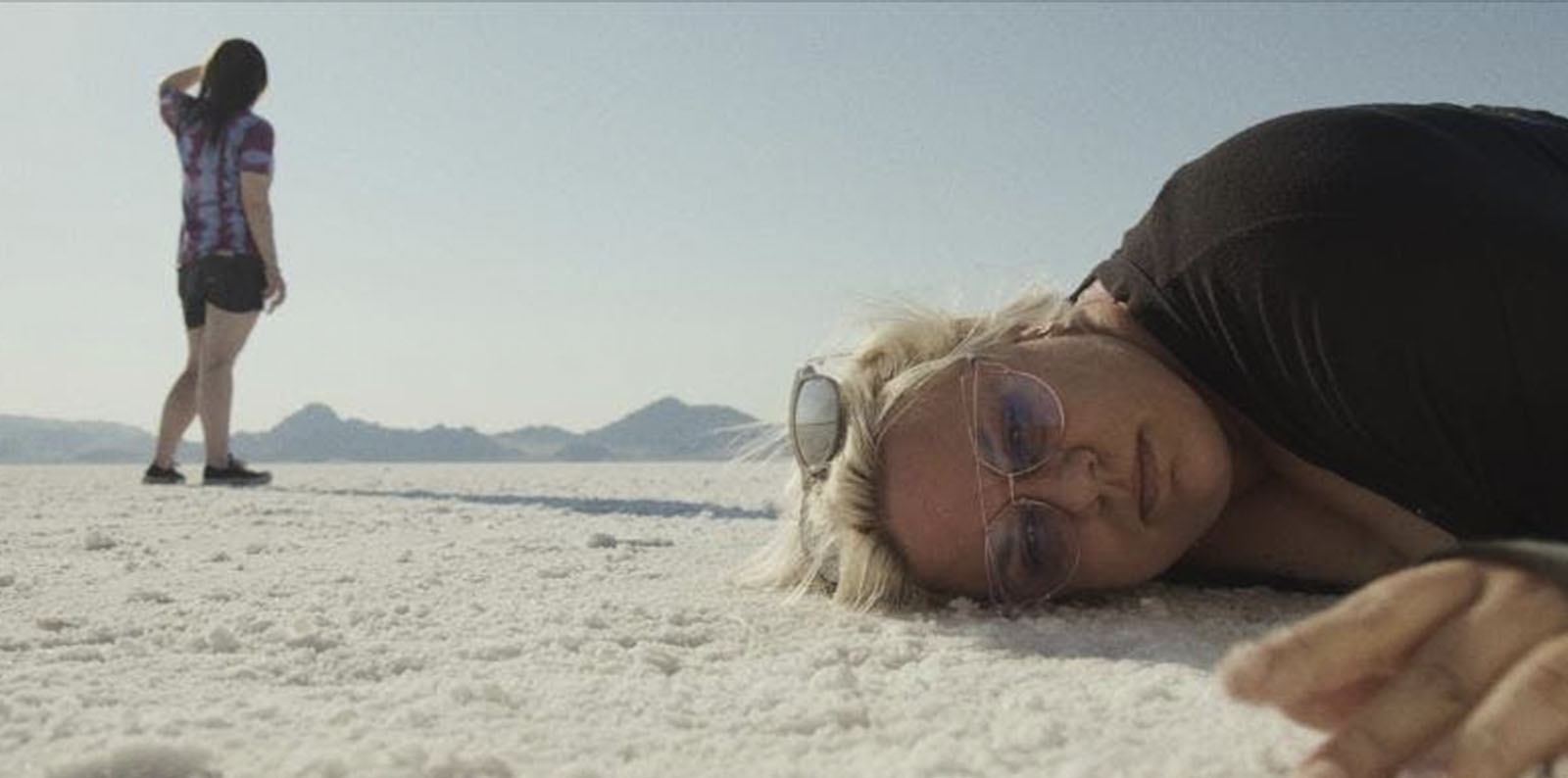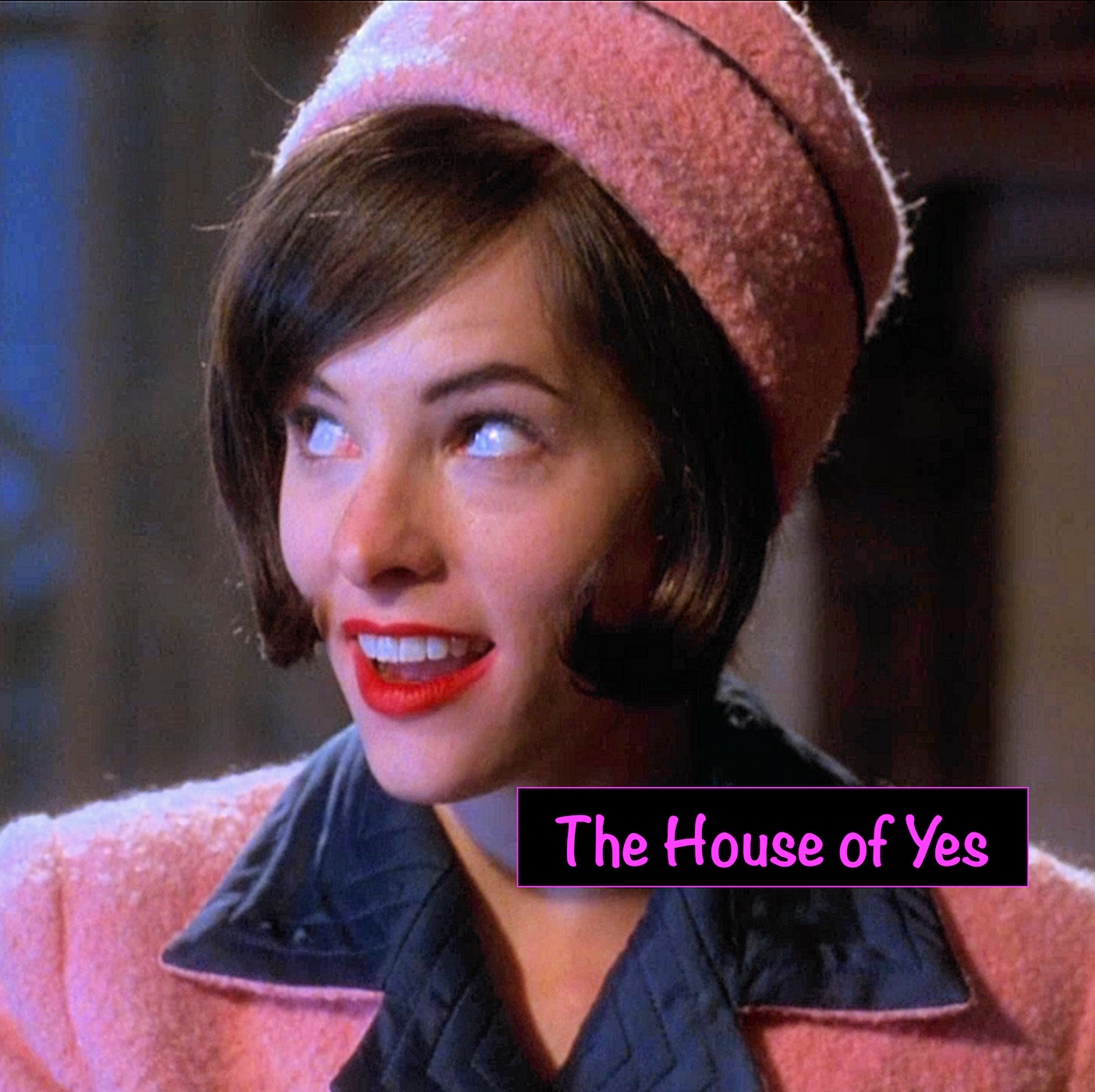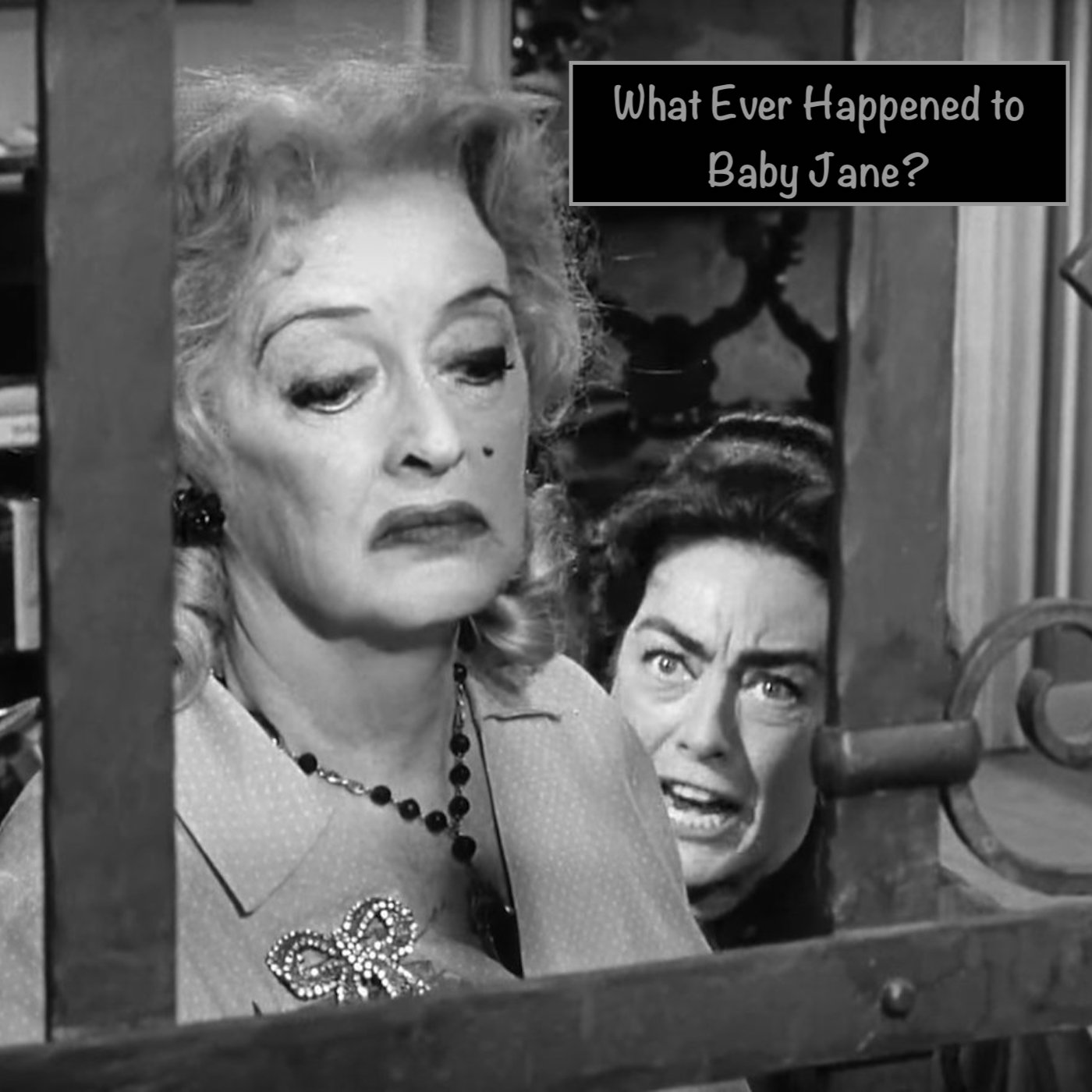In Bright Axiom
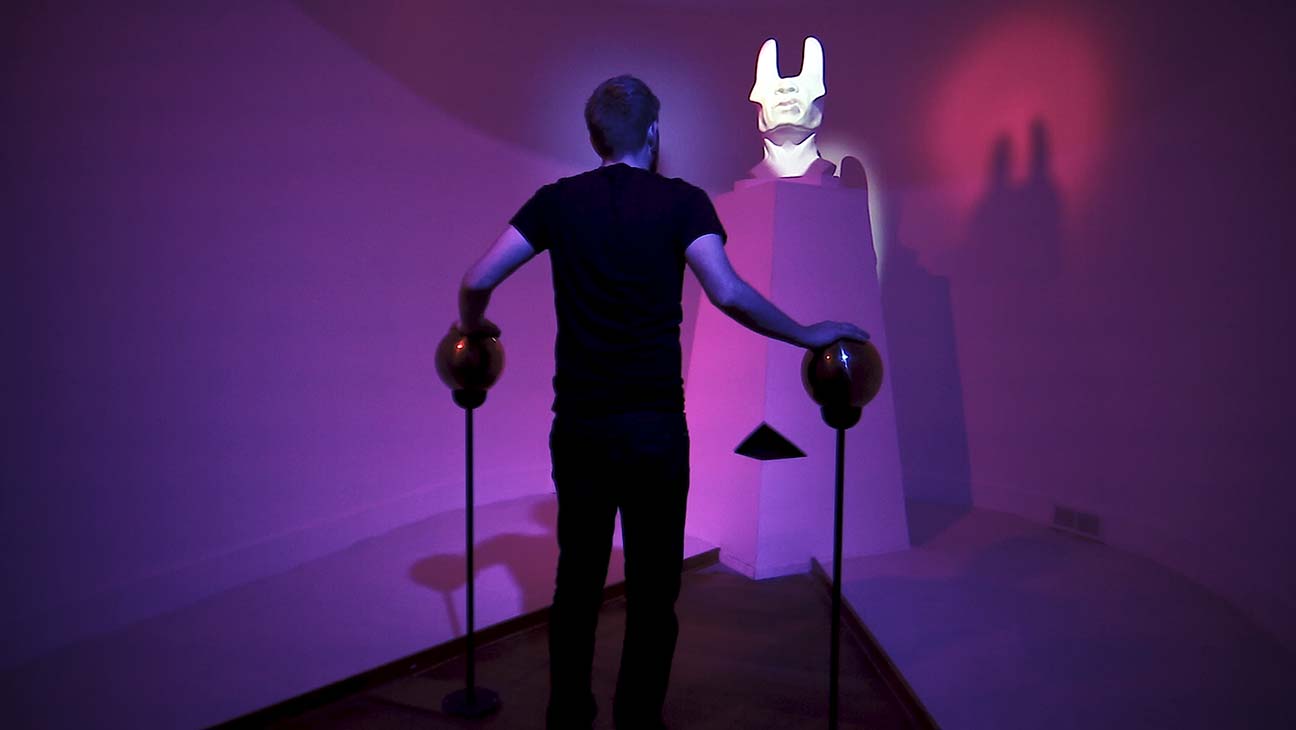
Spencer McCall presents In Bright Axiom as a documentary, but it never feels truly real. That’s partly because the subject matter is the disillusion of a sort of elaborate puzzle hunt club that operated under the guise of a cult. But it’s also due to McCall’s relationship with the Latitude Society and its here-unnamed founder, self-funded entrepreneur Jeff Hull. Hull was the man behind the curtain who created an experience unlike any other, and managed to populate The Latitude Society entirely through word-of-mouth. He held it together for a time with elaborate, faux-mystical experiences and free drinks. But in the end, the Society crumbled. And now all we have is this weird film that, like the clandestine Latitude Society promised more than it delivered.
There’s a place in this world for biased documentaries. I love a good memoir film, a la Sarah Polley, for instance. But In Bright Axiom would benefit from an outside perspective. As a result of McCall’s direct involvement with the San Francisco-based Latitude Society, the finished product feels more like an infomercial than a document. Especially since McCall’s only other film (The Institute) covers an earlier iteration of Hull’s brain child, The Jejune Society.
That said, there is much in this film to hold the viewers’ attention. McCall goes to great lengths (with the help of Hull as executive producer) in order to reenact what occurred within the Latitude Society. It always began with an invitation. An existing member would recruit someone that they deemed “of like mind and heart” by giving them a sparse white credit card that depicted a logo, a unique code, and a web address. Should the recipient choose to move forward, they would make an appointment via the website to arrive at a non-descript door with 5 minutes of their time window (lest their card be rendered invalid). Inside, they would find a fireplace and a hole leading to a slide. If they went down the rabbit hole, so to speak, it would lead to an elaborate, Matrix-like scavenger hunt throughout the city that eventually brought them to a banquet in the Mendocino woods, where they would meet other Society members for free drinks and revelry. This was Chapter One. New chapters became available to existing members, and one could become further immersed in the fabricated mythology of the Latitude Society, which included a set of code words and special greetings (i.e. “In Bright Axiom”), and the requirement that members maintain “absolute discretion” at all times.
At one point, someone refers to Latitude as an “international temporal fellowship society”. The problem with creating something free-form and then calling it a “society” is that the members will eventually want to get involved in shaping it and will start to question your leadership. In a cult with a figurehead, the followers tend to be a lot more open to the idea of handing over some cash. But because Hull at first stayed anonymous, and presented the experience as more democratic in nature, the people revolted when management asked for a mere $36 a month from each member in order to keep the lights on. These people didn’t care that they’d been kept in elaborate puzzle hunting and free drinks for months. They weren’t going to pay a dime. And thus, Hull shut it down, to the dismay and bewilderment of Latitude members. It’s absolutely fascinating how this played out. They don’t get into it too much in the film, but I recommend you seek out a couple of companion articles to illuminate the business aspect of Hull’s vision and why exactly it failed.
McCall’s film features interviews with several people involved in The Latitude Society. No one is named, but you can pick Hull out. He’s the guy dressed as Max from Where the Wild Things Are, complete with tinfoil crown. This outfit must have been a calculated choice, but the symbolism eludes me. We also hear from recruits who were led to Latitude by acquaintances and even complete strangers. They discuss how they got involved, how it affected their “real” lives (especially the “absolute discretion” part), and where they were when it all fell apart.
There is one sort of figurehead for the Latitude Society who appears in In Bright Axiom. He’s called The Professor, and his vibe is up-close magician meets motivational speaker. He’s played by real-life “leadership” guru, Geordie Aitken. He looks like a walking red flag to me, but a lot of people seem to buy his shtick. The Professor purports to be on a lifelong journey of self-discovery via the Latitude Society. He reeks of insincerity.
There almost needs to be a documentary about the documentary. For instance, I’d love for someone to explore why many cults can bleed their members for money, but these people were positively indignant at the notion of spending $36 a month for an experience they claimed changed their entire perspective on reality. Even you consider the experience merely immersive theater, it’s not unheard of to charge for theater. But for some reason, asking for money is what ultimately broke this society and they never address the psychology of that. Instead, In Bright Axiom feels like an after-the-fact recruitment video – as if McCall and Hull are trying to get back at the members for killing it, by showing us some of the magic and then saying it’s dead. Perhaps it’s partly because the base tenant of the Latitude Society is “Absolute Discretion” that the film merely skims the surface of the experience. But if discretion is still important to them, despite the Society’s downfall, why make a film at all?
June 24, 2020
Categories: Filmpinions . Tags: cults, in bright axiom, Jeff Hull, Spencer McCall, the latitude society . Author: Baxter . Comments: 1 Comment
 On today’s episode, we relive Eighth Grade with Bo Burnham’s 2018 dramedy, starring Elsie Fisher and Josh Hamilton. We discuss the horrors of co-ed pool parties, class superlatives, getting surprised by your crush, and that awful scene in the car…
On today’s episode, we relive Eighth Grade with Bo Burnham’s 2018 dramedy, starring Elsie Fisher and Josh Hamilton. We discuss the horrors of co-ed pool parties, class superlatives, getting surprised by your crush, and that awful scene in the car…